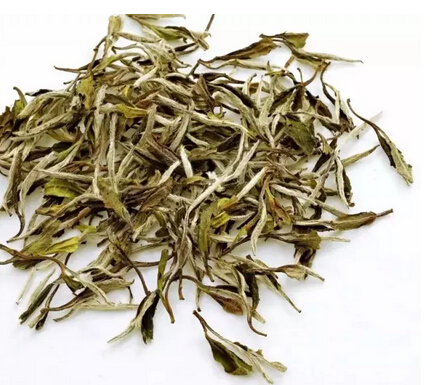We say that fine wines like Moutai and Wuliangye cannot be separated from their natural resources in their place of origin. Otherwise, they not only lose their authentic flavor but also diminish their investment and collection value.
White tea is no exception. To ensure its collection, investment, and appreciation value, it must meet three basic principles.

Three Principles for High-Quality White Tea
They are origin, raw materials, and local processing! The three principles of good tea mean that raw materials from the origin must be processed locally. White tea is a living tea, and its essence cannot be separated from the natural environment of its origin.
Six Key Indicators for High-Quality White Tea
Premium white tea offers a delightful experience in appearance, color, and taste. But are there standards to judge a good tea?
Yes, based on historical experience and later summarization, we have identified seven key indicators for premium white tea: color, aroma, taste, appearance, energy, charm, and quality. Below, we will explain them in detail.
Color
Tea brewed from high-quality white tea is light green and clear, with bright color, noticeable luster, and full richness, while aged white tea appears reddish-brown. Lower-quality white tea has a yellowish and dull color.
Aroma
Premium Fuding white tea has a rich, fresh, and pure aroma with a long-lasting fragrance. Lower-quality tea has a faint, grassy, or even moldy smell, sometimes with a fermented black tea odor.
Taste
High-quality white tea has a rich, sweet, and refreshing taste with a strong, pleasant aftertaste.
Appearance
For Silver Needle white tea, the best quality features plump, bright buds with a silvery sheen, while inferior ones have thin, short, and grayish buds.
For White Peony tea, the best quality includes tender, well-spread leaves with plump buds in gray-green color and a silvery sheen, while inferior ones have thin, grayish leaves.
Premium Gong Mei tea has tender leaves mixed with fine buds.
Energy
The tea has a rich and pure energy, with a unique aged aroma, a strong and lasting fragrance, and a sweet, refreshing taste. Lower-quality white tea lacks these qualities.
Quality
As the name suggests, this refers to the raw materials. Regardless of the type or variety of tea, quality is the fundamental guarantee for any premium tea.
The raw materials for the high-quality white tea we mention must come from small trees, medium leaves, and early-harvest varieties. However, raw materials can be further classified into ancient tree tea, spring tea, summer tea, and winter tea.
Now that you understand these three principles and six standards, you are better equipped to find excellent tea! Take action now!